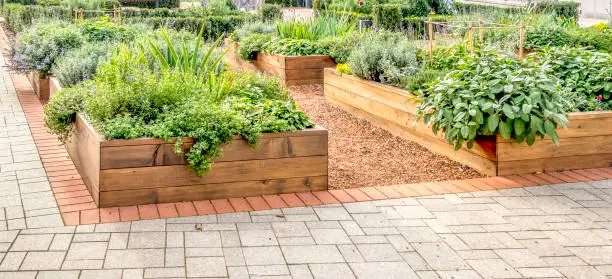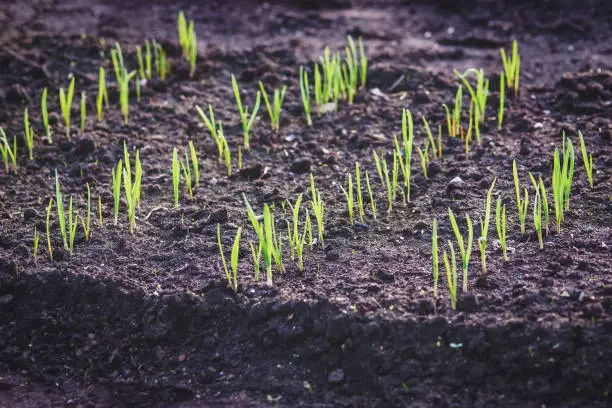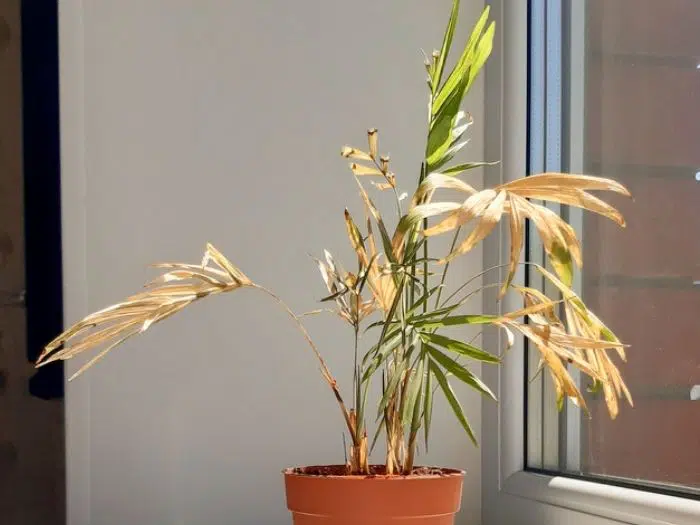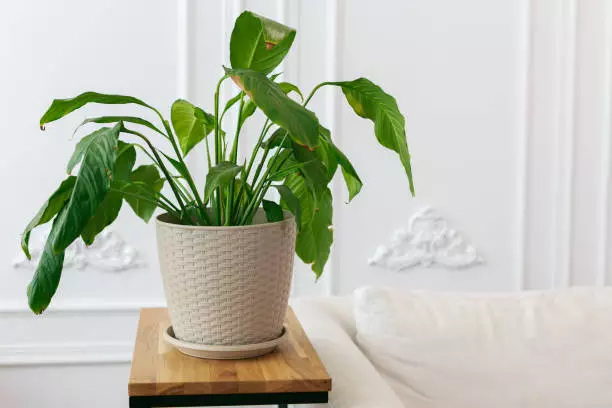Looking to start your home gardening journey? Are you torn between what type of garden bed you should go for?
When establishing a garden, you can either choose to go for a raised garden bed or an in-ground garden bed. Each of these options presents its own merits and demerits, which you should gauge to settle on the better option for your particular circumstances.
In this guideline, we go through the differences between these two types of garden beds, the advantages and disadvantages of each, and how to pick the right one for your garden.
Raised vs in-ground garden beds – The differences
A raised garden bed refers to when the soil bed is built above ground level, with the soil bed being contained within a raised wooden or concrete frame. An in-ground garden bed- on the other hand- refers to whereby the garden is established directly in the ground- typically- by tilling the soil and planting directly into the ground. The differences between these two types of garden beds are discussed in detail below:
Need to purchase a soil mix
For raised garden beds, you’ll need to invest in raised bed topsoil that contains organic nutrients to help your garden plants thrive. In-ground garden beds- on the other hand- are usually ready to be used after the ground has been tilted and mulch applied. This- however- doesn’t mean that you can’t purchase an in-ground garden soil mix to enrich your native soil.
Maintenance requirements
Raised beds usually call for a more intensive maintenance approach- which usually involves mulching and frequent irrigation- to safeguard against the negative effects of excessive heat and drainage. By contrast, in-ground beds have some maintenance needs such as weeding but aren’t as high-maintenance as raised beds.
Environmental sustainability
From a sustainability viewpoint, raised beds are different from in-ground beds in that the material used to build the frames has to be transported to your backyard, consequently driving up your carbon footprint. What’s more, there’s always the possibility of a chemical leech from the frame construction materials into your garden soil. In-ground beds, meanwhile, don’t raise any environmental sustainability concerns.
Below, we’ve compiled a tabular summary of the differences between raised and in-ground garden beds:
Raised vs. in-ground garden beds: Differences
| Raised Garden Beds | In-Ground Garden Beds |
| Are established above-grade-level | Are established on the ground |
| Makes use of commercial topsoil- and doesn’t include/ make use of the native soil beneath the bed’s container/frame | Are established by tilting native soil. |
| High maintenance option- frequent irrigation is necessary | Low maintenance needs- don’t have to be watered frequently. |
| Not an environmentally sustainable option | An environmentally sustainable option |
| It’s necessary to purchase commercially raised bed topsoil for your raised garden bed. | Commercial in-ground topsoil is available- but isn’t a must if the native soil is a sufficiently nutrient-rich and well-draining plant growth |
Raised garden beds pros and cons

Advantages
- Safeguard against soil compaction and plant damage- since raised garden beds are contained within a frame, it’s less likely for humans (kids especially) to wander into your garden and cause soil compaction due to foot traffic or physical damage to your garden plants.
- Facilitate longer growing seasons- during spring, which is typically the peak growing season for most garden plants, a raised bed will pick up heat quicker and drain better. This results in longer growing seasons, as the bed may be ready for planting as soon as early spring.
- Are less vulnerable to weeds- a properly tilled and mulched raised bed is less susceptible to garden weeds, so long as the soil in it has been stabilized.
- Improved soil drainage- raised bed soil mixes used in raised bed gardens are usually well-draining and allow for the growth of plants in places where the poor-draining native soil doesn’t allow for the growth of such plants.
- Eases the Gardening Process- for home gardeners with disabilities/ spinal issues that minimize their ability to bend, they can have their gardens raised to a level where they don’t have to bend to access the garden bed.
- Raised beds allow for tighter plant spacing, which comes in handy especially if you have limited backyard garden space.
Disadvantages
Excess heat and drainage
Since raised beds have better heat uptake and drainage, they’re more susceptible to drought stress during the hotter seasons, which could consequently cause your garden plants to dehydrate, wilt, and die.
High setup and maintenance costs
Raised garden beds are costly to install as the frames are typically made out of stone, wood, or brick. These frame materials cost a lot, not forgetting the installation/frame construction and periodic repair and maintenance costs.
Encourage poor air circulation
Since gardeners with raised gardens are likely to grow more plants within a limited space through tighter plant spacing, their plants are more vulnerable to diseases due to increased moisture levels caused by poor circulation.
Hard to install irrigation systems
Installing drip irrigation set up within a raised garden bed is usually a difficult, time-consuming task due to the way this type of garden is designed and constructed.
In-ground garden beds pros and cons

Advantages
Necessitates less start-up labor
An in-ground garden bed is usually ready for planting as soon as the soil has been tilled to improve drainage, make the garden bed flat, and reduce native soil compaction. This can be easily and quickly done using a tractor, rototiller, or a simple gardening hoe.
Doesn’t require frequent watering
With an in-ground bed, you don’t have to water too frequently, as native soil is usually a bit more compact and won’t dry out too quickly.
- Isn’t permanent
An in-ground garden can be easily relocated to a different part, with the garden plants simply being transplanted into the new garden location.
- Facilitates easy installation of irrigation systems
Setting up irrigation systems within an in-ground garden shouldn’t take up much of your time, as opposed to a raised-bed garden that usually calls for meticulous installation due to the elevated design.
Disadvantages
- The amendment and regeneration process for native garden soil to improve its arability is usually a lengthy process.
- With an in-ground bed, your garden plants are more likely to suffer pest, disease, and rodent attacks.
- In-ground gardens typically have soils with relatively poorer compaction, which could lead to plant death from insufficient soil moisture- especially during the hotter seasons of the year (spring, and summer).
- Proper tilling of in-ground beds requires the use of a rototiller- whose price range may be beyond some gardeners’ budgets.
Which one is better? (How to choose)
The best type of garden bed for you between these two depends on the climate and soil conditions within your environment. For instance, for those in arid climates with decent soil conditions, in-ground garden beds are the better option. Meanwhile, gardeners residing in wet climates with poor soil drainage/highly-compact soil are better off with a raised garden bed.



